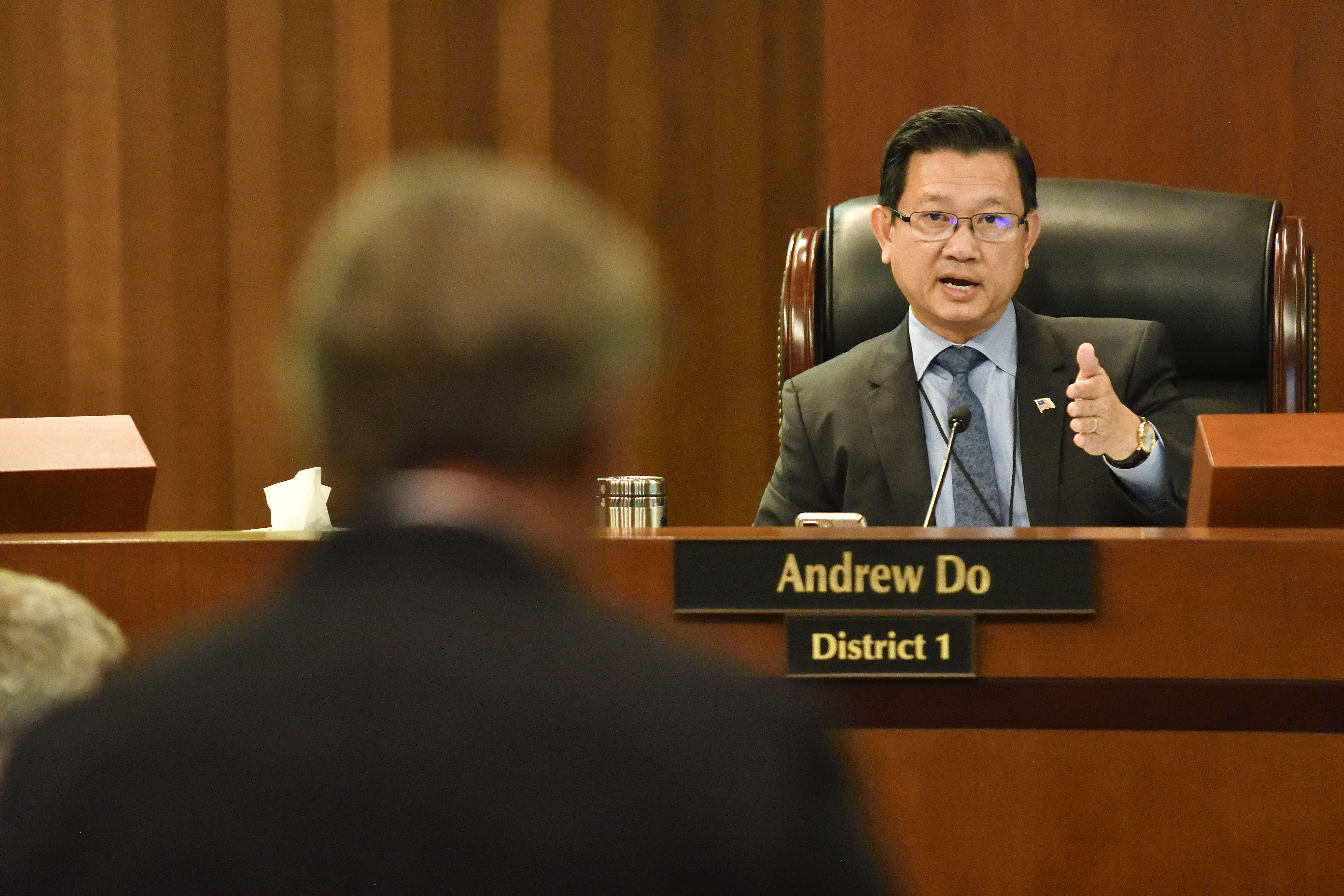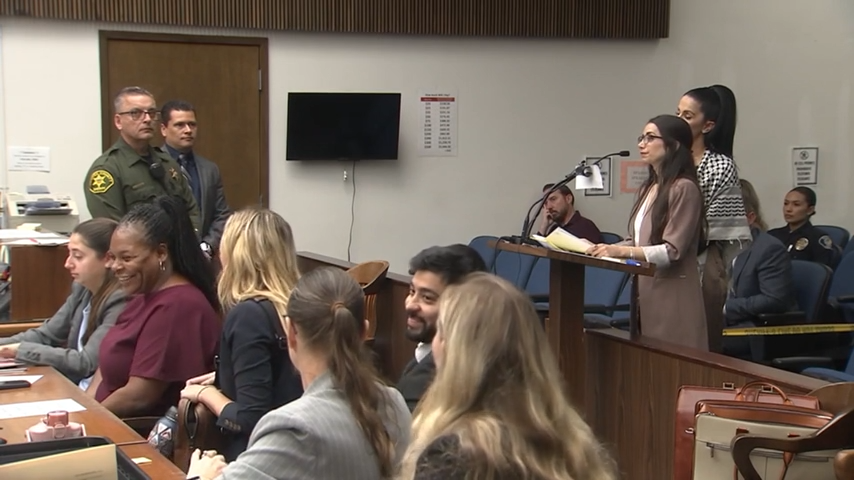State and local Orange County leaders Friday called on the need for better regulation of residential treatment and recovery facilities after a recent audit showed serious concerns with how the facilities are inspected and monitored.
The audit found the facilities are sometimes concentrated in residential areas, which the state allows, but that state oversight is not always timely or thorough, according to a fact sheet provided by the Office of the State Auditor of California.
The audit of the Department of Health Care Services, which overseas the state’s treatment facilities, shows Southern California is home to a greater concentration of treatment facilities serving six or fewer residents.
“Look at all these facilities that are here in Orange County,” said Supervisor Katrina Foley, who represents Orange County’s fifth district during a news conference Friday. She referred to each blue marker on a map which identifies a residential drug and alcohol treatment facility. Orange County has more of those facilities than any other county in the state, according to Orange County leaders.
Get top local stories in Southern California delivered to you every morning. Sign up for NBC LA's News Headlines newsletter.
“If we can regulate all these other things in California, we can regulate when people are intending to care for our most vulnerable in their weakest moment,” said Foley. The audit shows the state does not limit the number of facilities in a given area, nor does the state require a license for sober living homes which house six people or fewer.
“We don’t know how many of these homes are in our communities,” said State Senator Janet Nguyen. “There could be hundreds.”
Assemblywoman Diane Dixon requested the audit in May 2023.
“These over-concentrations go directly against the intent of the legislature,” said Dixon. “By closing down the original state institutions, the state law has allowed smaller institutions within residential communities.”
The audit also showed the Health Care Services Department did not timely investigate complaints about treatment facilities. Health Care Services took an average of 183 days to assign complaints when it did not meet its 10 day required time frame, according to the report.
“You have people roaming the neighborhoods, harassing children, doing drugs in parks designated for children,” said Andre Ramirez, who says his neighborhood in Fountain Valley now has several sober living homes and treatment facilities.
“My child has a name for one of the homes. They call it the ‘scary house,’ and it’s not a Halloween joke. That’s what the children actually say,” said Ramirez of one of the centers.
State and county leaders said the findings of the audit show patients in facilities and those living around them are not safe.
“We’ve seen improper medications, and individuals leaving the facilities and shot to death,” said Foley of a deadly shooting in Aug. 2021 in Newport Beach where a patient who left a state-licensed facility broke into a home next door and was shot and killed by an occupant.



